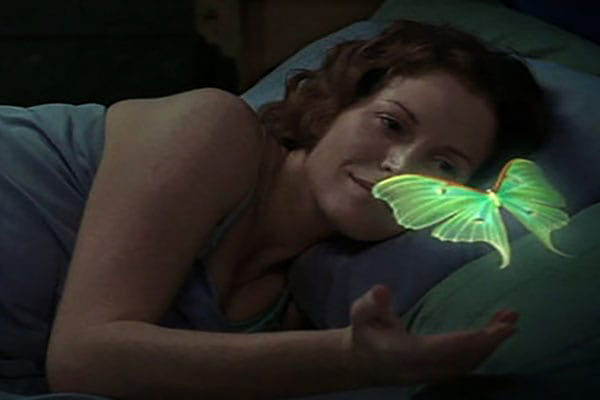
I must admit I was stunned when a commercial for One Touch Glucose Meters (used by diabetics to test their blood sugar level) featured sleek new “mini” versions sporting a choice of new designer colors: hot pink, lime green and lipstick red. The nature of the product was never clearly identified in the ad, and for all intents and purposes, appeared to be some sort of high-tech gadget like an iPod or flash memory stick designed to look cool and easily slip into a purse or pocket. Diabetics will recognize the product, but non-diabetics will never guess what it is. It’s so hip, I’ll bet some non-diabetics will want to buy one.
Such advertising is not only an indication of the enormous money to be made due to the type-2 diabetes epidemic striking America, where it is estimated that upwards of 40 million people are afflicted, including increasing number of youngsters, but also signifies the ways in which illness itself gradually becomes socially acceptable – even, one could say, fashionable. Such an approach relieves the anxiety such a life-threatening illness would appropriately produce by portraying dread disease or illness as just another part of ordinary, middle-class, all-American life – everyday suffering in hot pink.
The current and emerging condition of our population’s health can be determined by observing ad campaigns. Unless there is sufficient economic potential, such campaigns do not happen. Accordingly, we can conclude that great numbers of Americans suffer from chronic sleep disorders, restless legs, elevated cholesterol and heart disease, depression and obesity. Taken as a whole, this catalog of ailments represents both enormous individual pain and hardship and equally enormous pharmaceutical industry profits. Combined with the health insurance industry (as if health is an “industrial” product one can purchase and take home), catering to the deteriorating health of America has become our fastest growing and most profitable economic sector.
The Lunesta luna moth has replaced the tooth fairy in a touching adult version of wish-fulfillment fantasy. I sleep well without drugs, but that alluring nocturnal apparition of fatigue makes me yearn for sleepless nights. I’m happy to report no erectile dysfunction, but the commercials feature sheepish men and happy, good-looking women. So what’s the message? Is erectile dysfunction the secret to making women happy? It goes on – for every illness there is a wonderful personal, social or fashion benefit, a perverted symmetry of values that effectively masks the dreadful state of health care in America, where 40 million are uninsured and public hospitals are going bankrupt under the weight of mandated service and inadequate compensation rates.
There is a new series on cable TV called “Mad Men” that provides a view of Madison Avenue ad agencies, the executives and their wives in 1960. It’s shocking to hear the show’s characters so blatantly express cynicism about the public, and engage in such bold manipulation of opinion to benefit clients like tobacco companies. Nowadays, the cynicism is hidden behind cleverly deceptive language or political correctness, and the manipulation is highly sophisticated. It has reached tragic new heights in the promotion of pharmaceuticals and health-related products. It’s enough to make one lime-green sick.